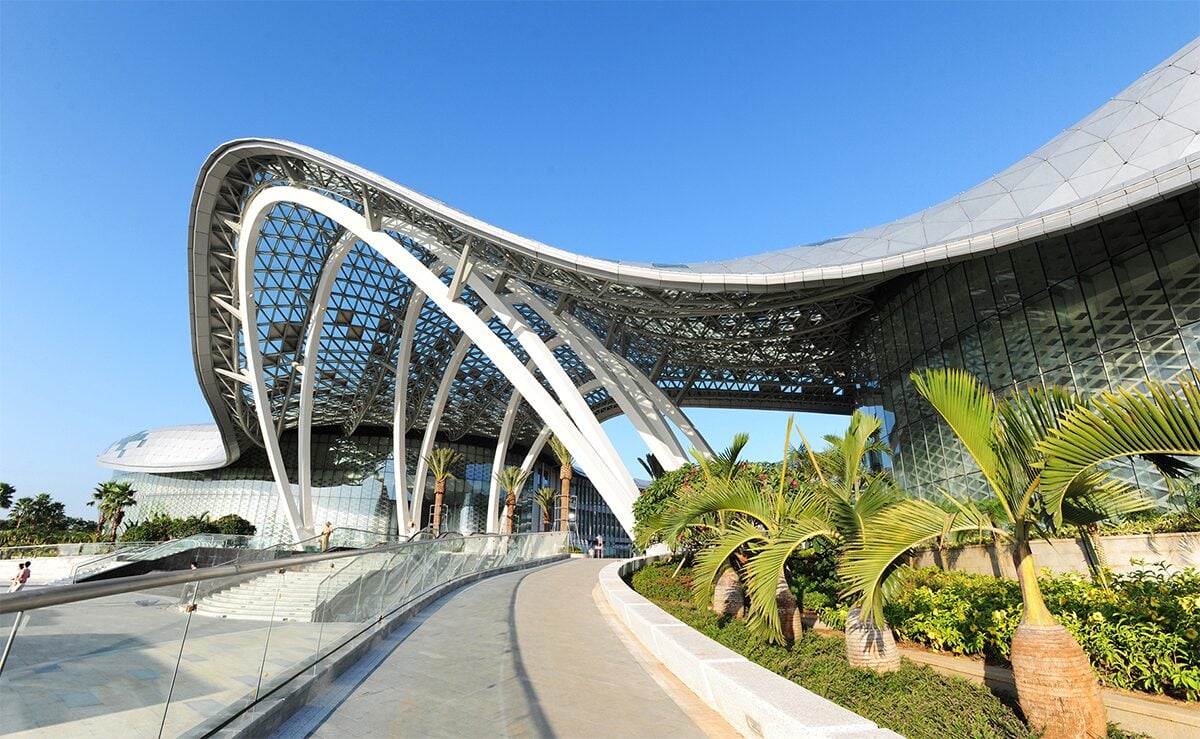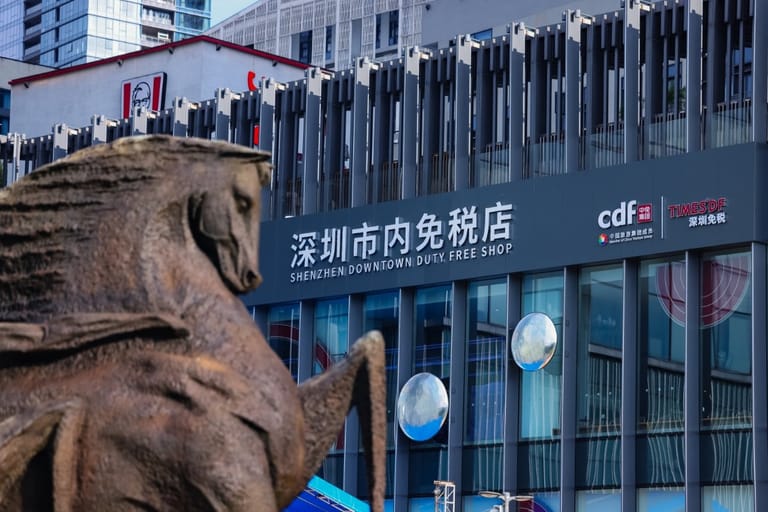Hainan’s Duty-Free Retail Push Reaches a Critical Juncture in 2025
By
Wenzhuo Wu

Published on
April 29, 2025

Jingzhi Curates is your daily compass for navigating the dynamic intersections of business, culture, and society. Each installment distills the day’s most pressing issues into thoughtful, actionable insights—perfect for leaders, innovators, and the intellectually curious. Whether a game-changing shift in global markets, a breakthrough in AI, or a cultural trend redefining consumer behavior, Jingzhi Curates delivers clarity in complexity.
Hainan’s ambition to become a global duty-free powerhouse enters a critical phase in 2025. As the province accelerates the sealing-off operations of its Free Trade Port (FTP) and rolls out a sweeping set of policy incentives, a new chapter is unfolding—one that reshapes the island’s role in domestic consumption, international tourism, and retail sophistication.
According to Mintel’s 2025 China Consumer Trends: Special Edition on Hainan’s Consumption Industry, unveiled at the China International Consumer Goods Fair this April, momentum is building across infrastructure and policy. Secondary customs ports in Yangpu, Xinhai, and Nangang have reached completion, while updated customs regulations and import tax frameworks are laying the groundwork for a smoother, more elevated duty-free shopping experience.
The consumer appetite is already there: 38 percent of Chinese respondents identified access to duty-free goods as their primary reason for traveling to Hainan. As the FTP becomes fully operational, domestic shoppers will gain more affordable access to a wider range of tax-exempt products—positioning Hainan as a credible alternative to overseas luxury retail.
A directive from China’s Ministry of Commerce in March 2025 further advances this vision, pushing for the rapid development of city-center duty-free stores. The goal: unlock more convenient retail experiences for both local residents and inbound tourists, while bolstering the island’s international image as a next-generation consumer destination.
Yet Mintel’s research underscores the complexities that lie ahead. Although online duty-free platforms have gained traction thanks to their pricing advantage, shortcomings in brand variety—especially across luxury and fashion—remain a hurdle. When it comes to high-ticket items like jewelry, watches, and handbags, Chinese consumers still gravitate toward duty-free options abroad, drawn by greater choice and deeper brand portfolios.
Where Hainan holds untapped potential is in niche appeal. Twenty-four percent of surveyed consumers said they would travel to the island to shop for designer and niche brands—a figure that jumps to 31 percent among those planning international travel in the coming year. The data points to a clear opportunity: curated, discovery-driven retail could become Hainan’s differentiator in an increasingly competitive market.
Meanwhile, categories tied to wellness—namely duty-free food and supplements—are gaining new traction. Nearly 70 percent of respondents made duty-free purchases in the past year, with health products rising in priority since 2018. As broader interest in holistic wellbeing grows, these accessible categories are emerging as consistent, lower-barrier entry points into the ecosystem.
In short, 2025 signals Hainan’s evolution from a leisure destination with duty-free perks to a strategic node in China’s consumption upgrade. For retailers and brands, capturing the moment will require more than pricing power—it will demand a sharper focus on channel strategy, curated brand partnerships, and a deeper read on shifting consumer intent.












